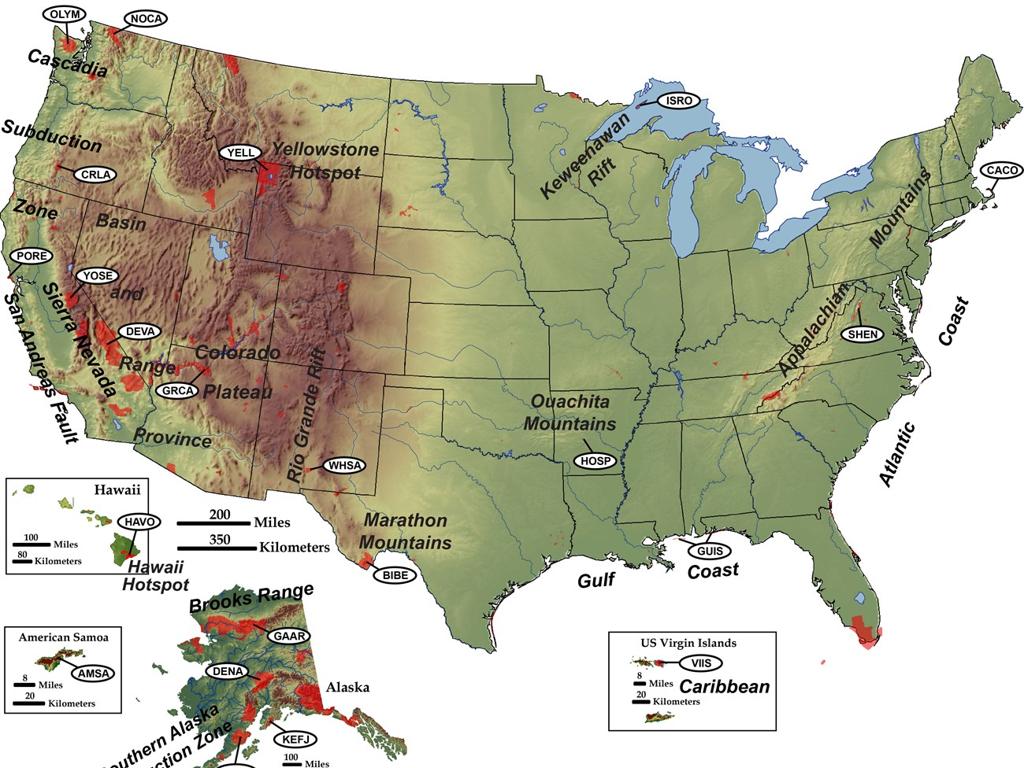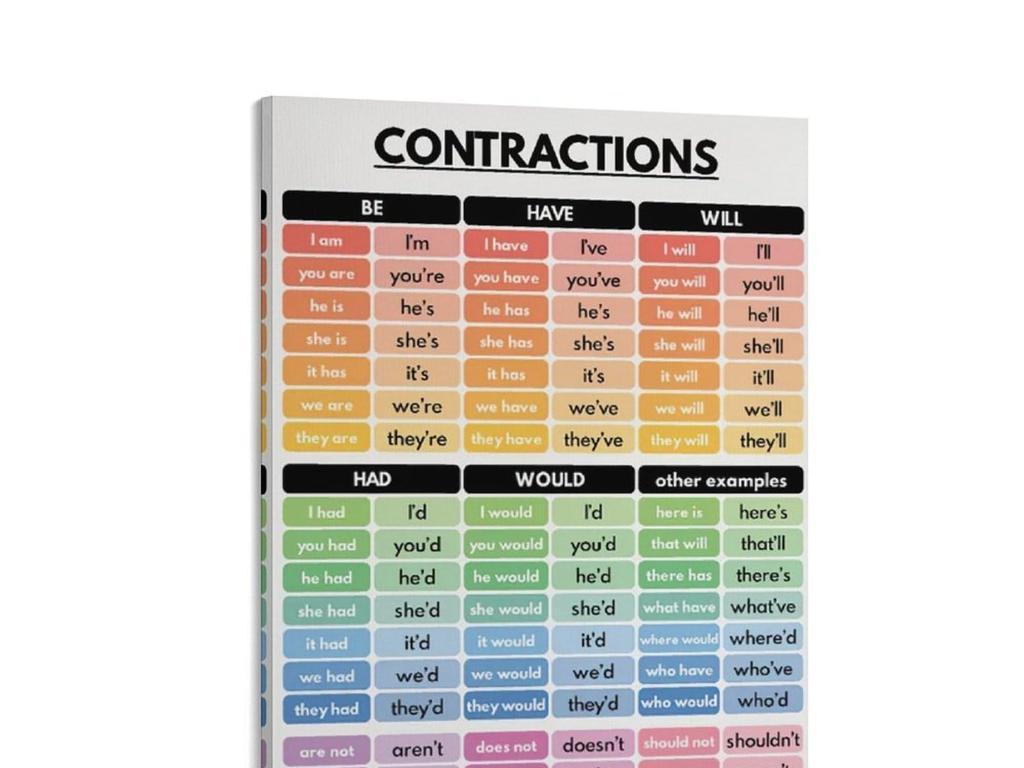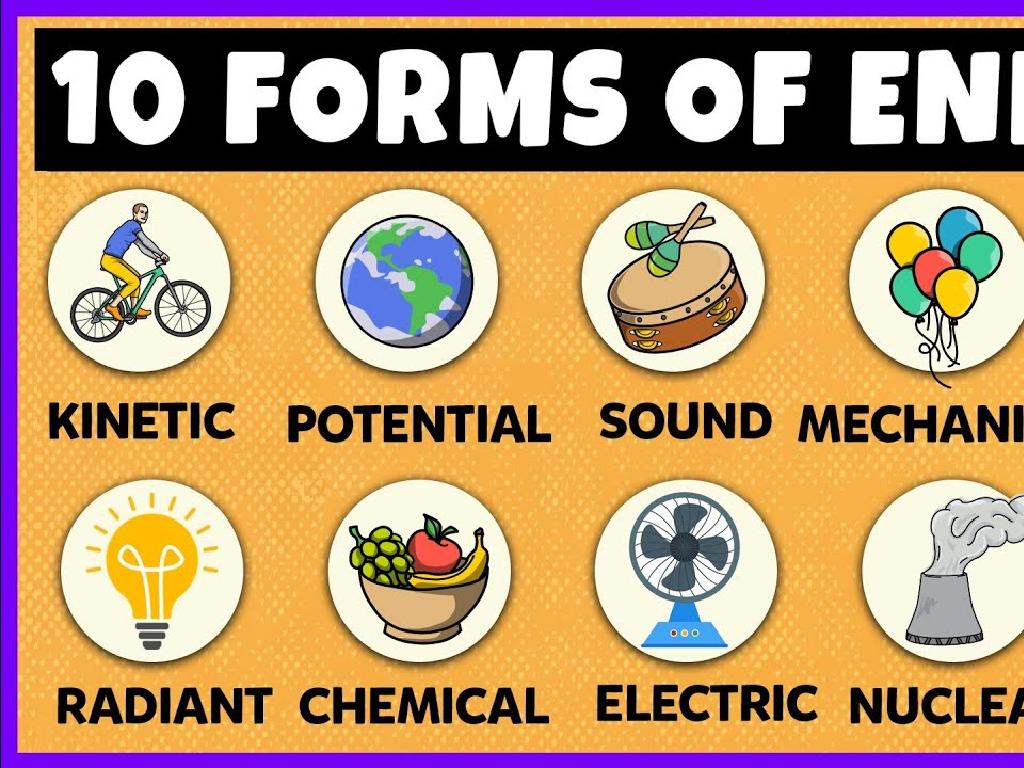Use Personification
Subject: Language arts
Grade: Eighth grade
Topic: Descriptive And Creative Writing
Please LOG IN to download the presentation. Access is available to registered users only.
View More Content
Bringing Language to Life with Personification
– Welcome to Creative Writing!
– Today’s Focus: Personification
– Personification: Human traits to objects
– Assigning human qualities, like ‘The sun smiled at us’
– Enriching Descriptions with Personification
– Makes writing more vivid and engaging
|
This slide introduces the concept of personification as a literary device in creative writing. Personification involves giving human characteristics to inanimate objects, animals, or ideas to create more evocative and relatable descriptions. For example, saying ‘the wind whispered through the trees’ gives the wind the human ability to whisper, adding a layer of richness to the description. Encourage students to think of the world around them and how they might apply human traits to non-human elements in their writing. This can make their stories and descriptions more lively and interesting to the reader. Have students brainstorm examples of personification they’ve encountered in literature or come up with their own.
Understanding Personification
– Define personification
– A figure of speech where non-human things are given human attributes
– Human traits to non-humans
– Animals, objects, or ideas performing human actions
– Literature personification examples
– ‘The wind whispered through the trees’ or ‘Time waits for no one’
– Personification in daily language
– Phrases like ‘the camera loves you’ or ‘the sun smiled down on us’
|
Personification is a literary device that can make descriptions more vivid and help readers connect with non-human subjects. By attributing human characteristics to inanimate objects, animals, or abstract ideas, writers can create imagery that resonates with the reader’s emotions and imagination. Discuss the purpose of personification in literature, such as creating empathy or adding depth to writing. Provide students with examples from well-known works and encourage them to identify personification in their everyday speech. This will help them understand how widespread and effective this figure of speech is.
Personification in Writing
– ‘Leaves danced in the wind’
– Imagine leaves moving as if they’re dancing
– ‘Time waits for no one’
– Time is described as if capable of action
– ‘Sun smiled down on us’
– The sun is given a human characteristic, smiling
|
Personification is a literary device where non-human elements are given human qualities. It’s a powerful tool in descriptive and creative writing that helps to paint a vivid picture in the reader’s mind. For example, saying ‘the leaves danced in the wind’ creates a lively image of leaves moving. ‘Time waits for no one’ emphasizes the relentless passage of time by attributing it the human action of waiting. ‘The sun smiled down on us’ gives the sun a friendly, human trait, making the scene feel warm and welcoming. Encourage students to use personification in their writing to enhance their descriptions and engage their readers.
The Power of Personification in Writing
– Personification enhances imagery
– Gives human traits to objects or ideas, like ‘The sun smiled down on us.’
– Connects readers emotionally
– Helps readers feel for things that aren’t human, e.g., ‘The old house groaned in the wind.’
– Vivifies non-human subjects
– Descriptions become lively, as in ‘The thunder grumbled like a hungry stomach.’
– Makes writing more engaging
– Engages readers, making them more interested in the story or text.
|
Personification is a literary device that attributes human qualities to inanimate objects, natural forces, or abstract concepts, thereby enhancing the reader’s imagination and connection to the text. It’s a powerful tool in descriptive and creative writing that can make the environment of a story feel alive and emotionally resonant. By personifying elements, writers can create a more immersive and relatable narrative. Encourage students to practice personification by describing everyday objects or natural elements around them with human characteristics. This exercise will help them understand how personification can turn ordinary descriptions into captivating passages.
Crafting Personification in Writing
– Select a non-human subject
– Assign human-like qualities
– Traits like emotions, desires, or actions
– Merge to form personified sentences
– ‘The wind whispered secrets through the trees’
– Practice with examples
– ‘The sun smiled down on the field’
|
Personification is a literary device where non-human elements are given human characteristics. This slide aims to guide students through the process of creating personified sentences. Start by choosing an inanimate object or abstract idea. Next, think of human qualities or actions that can be metaphorically attributed to it. Then, craft a sentence that combines these elements to bring the subject to life. For example, saying ‘the wind whispered secrets through the trees’ gives the wind the human action of whispering and the ability to hold secrets. Encourage students to practice by writing multiple examples and sharing them with the class to enhance their descriptive writing skills.
Practice with Personification
– Identify personification examples
– Find sentences where objects or ideas do human things
– Explain the human traits used
– What human action or trait is given to the non-human?
– Discuss personification effects
– How does personification impact your feelings or images about the text?
– Engage with class activities
|
This slide is aimed at helping students practice identifying and understanding personification in literature. Personification is a figure of speech where non-human elements are given human characteristics. Start by providing sentences that contain personification and ask students to pinpoint these instances. Then, have them explain what human trait or action is attributed to the non-human element. Discuss as a class how personification affects their interpretation of the text and their emotional response to it. Engage students with activities such as creating their own personified sentences or finding examples in their favorite books. This will deepen their comprehension of personification and its use in descriptive and creative writing.
Your Turn to Personify
– Choose a classroom object
– Write a personifying sentence
– Give the object human qualities or actions
– Share with a classmate
– Discuss your sentences
– Explain your choice of personification
|
This slide is designed to engage students in a creative writing activity focused on personification. Students should look around the classroom and pick any object, then write a sentence that attributes human qualities or actions to that object, such as ‘The chalkboard sighed under the weight of so many equations.’ After writing, they should pair up with a classmate to share their sentences. Encourage discussion about the effectiveness of the personification and the feelings it evokes. This activity will help students understand how personification can add depth and emotion to their writing. Provide guidance and examples if needed, and encourage creativity and sharing of ideas.
Class Activity: Personification Gallery Walk
– Write a paragraph with personification
– Display your work around the room
– Gallery walk to read peers’ paragraphs
– Discuss the use of personification
– Consider how personification affects the tone and imagery of the writing
|
This activity is designed to engage students with the concept of personification in a creative and interactive way. Students will first write a short paragraph where they give human qualities to an object or idea. After writing, they will post their work around the classroom. Then, they will participate in a gallery walk to read their classmates’ work, which will help them see different ways personification can be used in writing. Encourage students to discuss the impact of personification on the reader’s imagination and the overall tone of the paragraph. Possible variations of the activity could include focusing on a specific theme, such as nature or emotions, or having students guess what object or idea is being personified in their classmates’ paragraphs.
Conclusion: The Power of Personification
– Recap personification in writing
– Homework: Craft a short story
– Write a story (1-2 pages) featuring personification
– Use personification creatively
– Bring objects or animals to life with human traits
– Share your story next class
|
As we conclude today’s lesson, remind students of the significance of personification in enhancing their writing by giving human qualities to non-human elements. For homework, they are to write a short story, incorporating personification to add depth and interest. Encourage creativity and the use of vivid descriptions. In the next class, students will have the opportunity to present their stories, fostering a supportive environment for sharing creative work. Provide examples of personification, such as ‘The wind whispered through the trees’ or ‘The sun smiled down on us’, to inspire their writing. Offer guidance on how to integrate personification naturally into their narratives.






